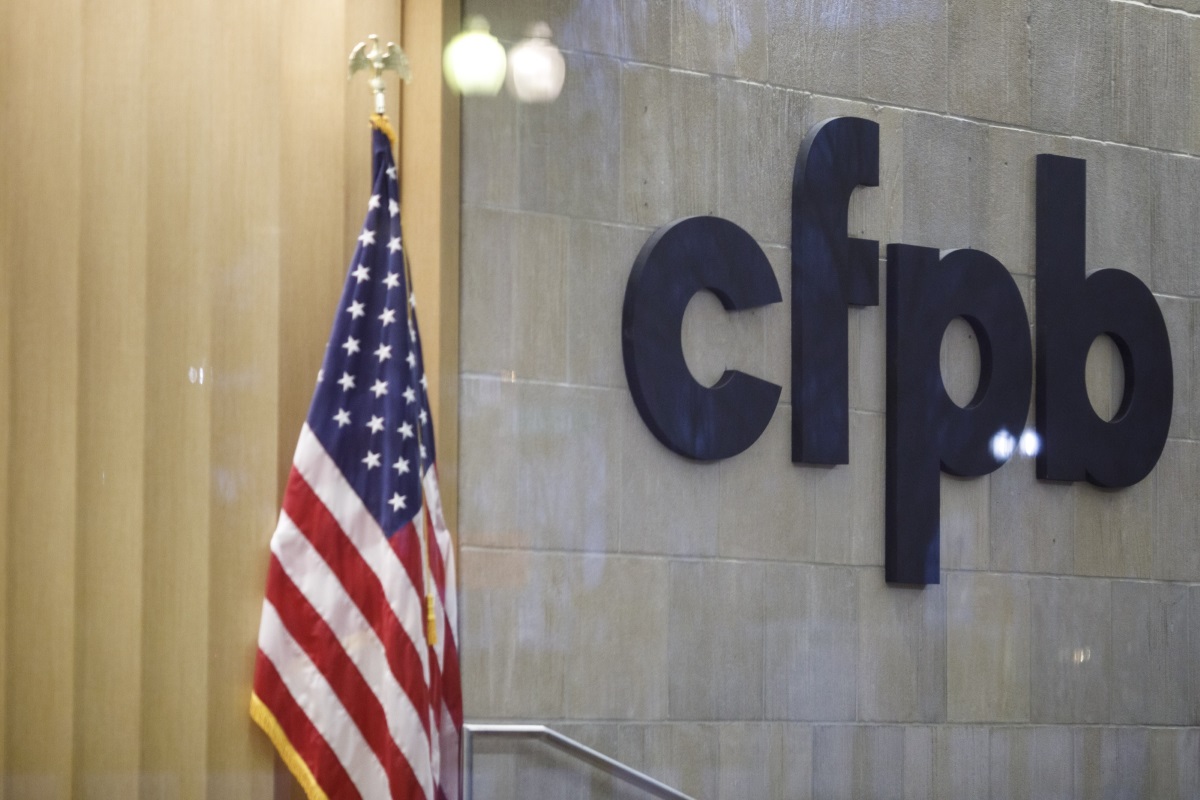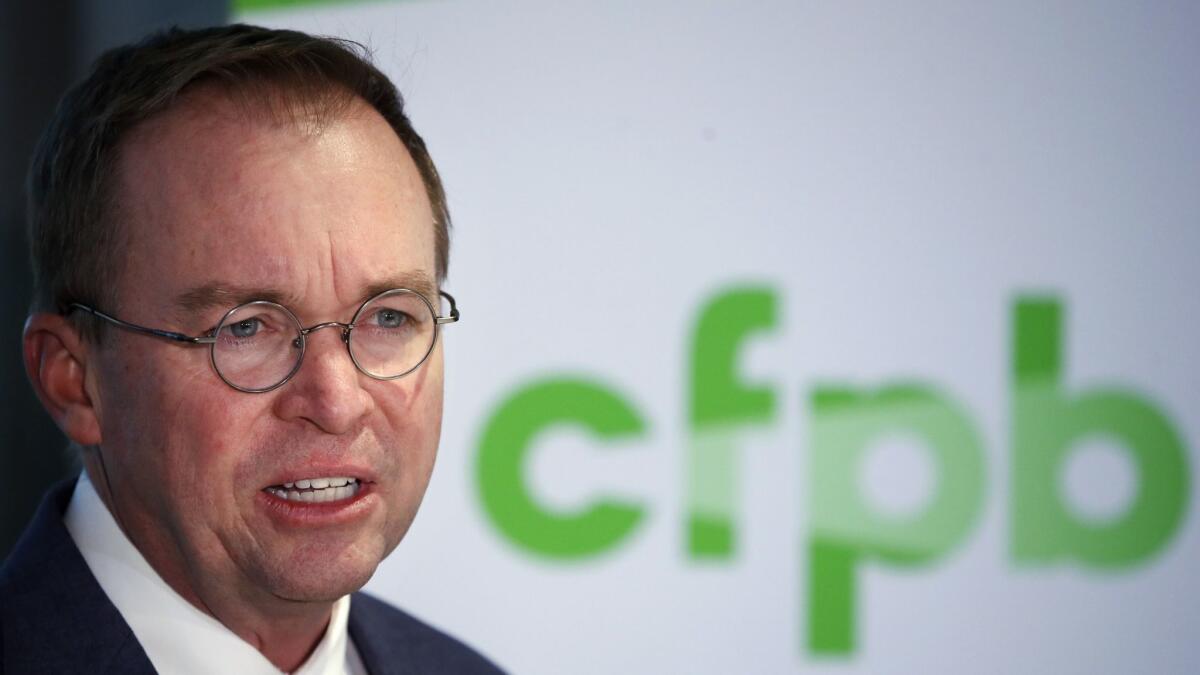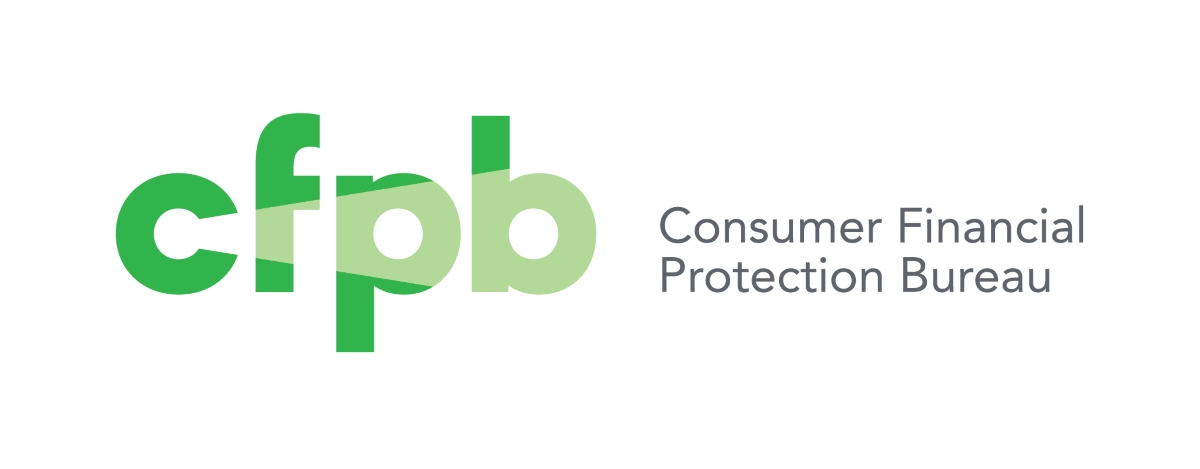Home>Finance>How To File A Complaint With The Consumer Financial Protection Bureau


Finance
How To File A Complaint With The Consumer Financial Protection Bureau
Modified: March 1, 2024
Learn how to file a complaint with the Consumer Financial Protection Bureau for finance-related issues and get the support you need to resolve your concerns.
(Many of the links in this article redirect to a specific reviewed product. Your purchase of these products through affiliate links helps to generate commission for LiveWell, at no extra cost. Learn more)
Table of Contents
Introduction
Filing a complaint with the Consumer Financial Protection Bureau (CFPB) is an important step to take when you encounter issues with financial products or services. The CFPB is a government agency that strives to protect consumers by ensuring fair and transparent practices in the financial marketplace. Whether you have been a victim of deceptive lending practices, unfair debt collection, or any other financial misconduct, the CFPB is there to help.
In this article, we will guide you through the process of filing a complaint with the CFPB, ensuring that your concerns are heard and addressed. By following these steps, you can take an active role in protecting your rights as a consumer and potentially seeking resolution for any financial problems you have faced.
It is important to note that the CFPB primarily handles complaints related to financial products and services, including mortgages, credit cards, student loans, and payday loans, among others. If you have a complaint regarding a non-financial issue, such as a faulty product or poor customer service from a retailer, it may be more appropriate to explore other avenues for recourse, such as contacting the Better Business Bureau.
Before we delve into the steps of filing a complaint, it is crucial to emphasize the significance of gathering relevant documentation to support your case. This may include contracts, statements, correspondence, receipts, and any other materials that can provide evidence of the issue at hand. Having this information readily available will strengthen your complaint and increase the chances of a favorable outcome.
Now that we have established the importance of documentation, let’s move on to the first step in the process: gathering the necessary paperwork.
Step 1: Gather Documentation
Before you can file a complaint with the Consumer Financial Protection Bureau (CFPB), it’s crucial to gather all the necessary documentation to support your case. This includes any contracts, statements, correspondence, receipts, or other materials that can provide evidence of the issue you’re facing. Having this documentation ready will strengthen your complaint and increase the chances of a successful resolution.
Start by collecting any paperwork related to the financial product or service you’re having an issue with. This can include loan agreements, credit card statements, billing statements, collection letters, or any other relevant documents. Make sure you have copies of everything and keep them organized in a safe place.
If you’ve had any communication with the company regarding the issue, gather any emails, letters, or notes from phone calls. These can be important in demonstrating that you’ve attempted to resolve the problem directly with the company before filing a complaint.
In addition to paperwork, consider any other evidence that could support your case. For example, if you have photographs, videos, or audio recordings that are relevant to the issue, include them as well. It’s important to provide as much detail as possible to help the CFPB understand your situation.
Once you have all the necessary documentation, review it carefully to ensure you have a clear understanding of the issue and how it has impacted you. This will help you present a thorough and compelling case when filing your complaint.
Remember, the more comprehensive and well-documented your complaint is, the more likely it is to be taken seriously by the CFPB and the company involved. It’s important to be organized, concise, and factual in presenting your case.
Now that you have gathered all the necessary documentation, you’re ready to move on to the next step: contacting the company directly to address the issue.
Step 2: Contact the Company
Once you have gathered all the necessary documentation, it’s time to contact the company directly to address the issue you are facing. Before filing a complaint with the Consumer Financial Protection Bureau (CFPB), it is important to give the company an opportunity to resolve the problem.
Start by finding the contact information for the company’s customer service department. This can usually be found on their website, billing statements, or any other correspondence you have received. If you are unable to locate this information, consider reaching out to the company via email or social media.
When contacting the company, be clear and concise about the issue you are facing. Clearly state what the problem is, how it has affected you, and what resolution you are seeking. It can be helpful to refer to any specific documentation or evidence you have gathered to support your case.
Keep a record of your communication with the company, including dates and times of phone calls, the names of customer service representatives you speak with, and any promises or commitments made. This documentation will be useful if you need to escalate the issue later on.
When dealing with the company, it’s important to remain calm and professional, even if you are frustrated or upset. Clearly communicate your concerns and give the company a reasonable amount of time to respond and address the issue. In some cases, the company may be able to resolve the problem to your satisfaction, avoiding the need for further action.
If, however, the company does not respond or refuses to resolve the issue, it’s time to move on to the next step: filing a complaint with the Consumer Financial Protection Bureau.
Filing a complaint with the CFPB can provide an additional avenue for seeking resolution and holding the company accountable for their actions. In the next step, we will walk you through the process of filing a complaint online with the CFPB.
Step 3: Research the Consumer Financial Protection Bureau (CFPB)
Before filing a complaint with the Consumer Financial Protection Bureau (CFPB), it’s important to familiarize yourself with their role and the services they provide. Understanding how the CFPB operates will help you navigate the complaint process more effectively and increase the chances of a successful outcome.
The CFPB is a government agency established to protect consumers in the financial marketplace. They oversee a wide range of financial products and services, including mortgages, credit cards, student loans, payday loans, and more. Their primary goal is to ensure that consumers are treated fairly and have access to transparent and reliable financial products.
To research the CFPB, start by visiting their official website at www.consumerfinance.gov. Here, you will find a wealth of information about consumer rights, financial products, and the complaint process. Take the time to explore the resources available, such as consumer guides, FAQs, and educational materials related to your specific issue.
One important aspect to understand is that the CFPB acts as a mediator between consumers and financial companies. They facilitate communication and work towards resolving complaints by seeking a fair outcome for both parties. Their services are free of charge, making them an accessible resource for consumers seeking redress.
In addition to their website, the CFPB also provides a Consumer Complaint Database. This database allows you to search for complaints filed against specific financial companies, giving you insights into other consumer experiences and potential resolution outcomes.
Take the time to familiarize yourself with the specific process for filing a complaint with the CFPB. Understand the information they require, the format for submitting your complaint, and the steps they will take to investigate and resolve the issue.
By conducting thorough research on the CFPB, you will be better equipped to navigate the complaint process and ensure your concerns are properly addressed. With this knowledge in hand, let’s move on to the next step: filing a complaint online with the Consumer Financial Protection Bureau.
Step 4: File a Complaint Online
Filing a complaint online with the Consumer Financial Protection Bureau (CFPB) is a convenient and efficient way to have your concerns heard. The online complaint submission process is straightforward and user-friendly, ensuring that you can provide all the necessary details to the CFPB for their review.
To file a complaint online, visit the CFPB’s official website at www.consumerfinance.gov/complaint. Here, you will find the online complaint submission form. Start by selecting the type of financial product or service you are filing a complaint about.
Provide the requested information about yourself, including your name, contact information, and any relevant account numbers or details. It’s essential to provide accurate and up-to-date information to ensure that the CFPB can reach you and properly assess your complaint.
Next, provide a detailed description of the issue you are facing. Be clear and concise in explaining the problem, how it has impacted you, and any attempts you have made to resolve it with the company directly. Use specific examples and refer to the documentation you have gathered to support your case.
The CFPB also allows you to upload files and documents to substantiate your complaint. This is where the documentation you gathered in Step 1 will come in handy. Attach any relevant files, such as contracts, statements, or correspondence, to strengthen your case.
After submitting your complaint, you will receive a confirmation from the CFPB, acknowledging that they have received your complaint. They will then review your submission, investigate the issue, and work towards a resolution. The CFPB will communicate with the company and facilitate the resolution process on your behalf.
Keep in mind that the time it takes to resolve a complaint can vary depending on the complexity of the issue and the responsiveness of the company involved. However, the CFPB strives to provide timely updates on the status of your complaint and work towards a resolution as expeditiously as possible.
Now that you have successfully filed your complaint online, let’s explore an alternative method for submitting a complaint: filing by phone.
Step 5: File a Complaint by Phone
If you prefer to file a complaint with the Consumer Financial Protection Bureau (CFPB) by phone, you have the option to do so. Filing a complaint by phone allows you to speak with a representative who can guide you through the process and address any questions or concerns you may have.
To file a complaint by phone, contact the CFPB’s Consumer Response Center at their toll-free number, which can be found on their website at www.consumerfinance.gov. The representatives at the Consumer Response Center are trained to assist you with filing your complaint and will provide guidance throughout the process.
When making the call, be prepared to provide the representative with relevant information, such as your name, contact details, and the specific financial product or service you are filing a complaint about. The representative may also ask for any account numbers or documentation you have to support your case.
Clearly describe the issue you are facing and provide specific examples of how it has affected you. Be prepared to discuss any attempts you have made to resolve the issue with the company directly. The representative will document your complaint and ensure that all necessary details are recorded accurately.
Similar to filing a complaint online, the CFPB will initiate an investigation into your complaint and work towards a resolution. They will communicate with the company involved and act as a mediator to seek a fair outcome for both parties.
It’s important to note that while filing a complaint by phone provides the opportunity for immediate interaction and clarification, the online complaint submission process is also highly effective and ensures that all information is documented and recorded accurately.
Now that you have filed your complaint with the CFPB either online or by phone, let’s move on to the next step: following up on your complaint.
Step 6: Follow Up on Your Complaint
After you have filed a complaint with the Consumer Financial Protection Bureau (CFPB), it’s important to follow up to ensure that your concerns are being addressed and to stay informed about the progress of your complaint. Following up demonstrates your commitment to seeking resolution and can help move the process along.
Start by keeping a record of your complaint reference number. This number is provided to you by the CFPB when you submit your complaint and is used to identify your case. Use this reference number when contacting the CFPB in the future for updates or inquiries about your complaint.
The CFPB strives to provide updates on the status of your complaint through various means of communication. They may contact you via email or regular mail to request additional information or to provide updates on the progress of your case. It’s important to review all communications from the CFPB carefully and respond promptly to any requests they may have.
If you have questions or concerns about your complaint, you can contact the Consumer Response Center at the CFPB. They can provide updates on the status of your case and address any inquiries you may have. Be sure to have your complaint reference number on hand when reaching out for assistance.
During the course of the investigation, the CFPB may communicate with the company involved to gather additional information or seek resolution. They will keep you informed of any developments and work towards a fair outcome. It’s important to be patient, as the resolution process can vary depending on the complexity of the issue.
If you have new information or updates regarding your complaint, such as additional documentation or evidence, it is important to provide this to the CFPB promptly. This new information can strengthen your case and help the CFPB in their investigation.
Finally, be prepared to consider alternate avenues for resolution if necessary. If the CFPB is unable to resolve your complaint to your satisfaction, you may need to explore legal options or seek assistance from other consumer protection agencies. Stay informed about your rights and options throughout the process.
By following up on your complaint with the CFPB, you can ensure that your concerns are being addressed and advocate for a fair resolution. Now that you understand the process of filing and following up on a complaint, you are empowered to protect your rights as a consumer.
Conclusion
Filing a complaint with the Consumer Financial Protection Bureau (CFPB) is an essential step in seeking resolution when faced with financial issues. By gathering documentation, contacting the company, researching the CFPB, and filing a complaint online or by phone, you can actively advocate for your rights as a consumer.
The CFPB serves as a valuable resource for consumers, providing a platform to voice concerns and seek redress. Their role as a mediator between consumers and financial companies helps ensure fair and transparent practices in the financial marketplace.
Throughout the process, it’s important to gather and organize all relevant documentation, clearly communicate your concerns, and provide examples and evidence to support your case. This will strengthen your complaint and increase the chances of a favorable resolution.
Following up on your complaint is crucial to staying informed about the progress of your case. Keep track of your complaint reference number and respond promptly to any requests from the CFPB for additional information. Consider alternate avenues for resolution if necessary, and stay informed about your rights and options as a consumer.
Remember, filing a complaint with the CFPB not only helps seek resolution for your specific issue but also contributes to a safer and fairer financial marketplace for all consumers. By taking action and utilizing the resources available to you, you can make a difference and hold companies accountable for their actions.
Now that you have a comprehensive understanding of how to file a complaint with the CFPB, it’s time to take action and protect your consumer rights. Empower yourself by utilizing the steps outlined in this guide, and may your complaint lead to a satisfactory resolution.














